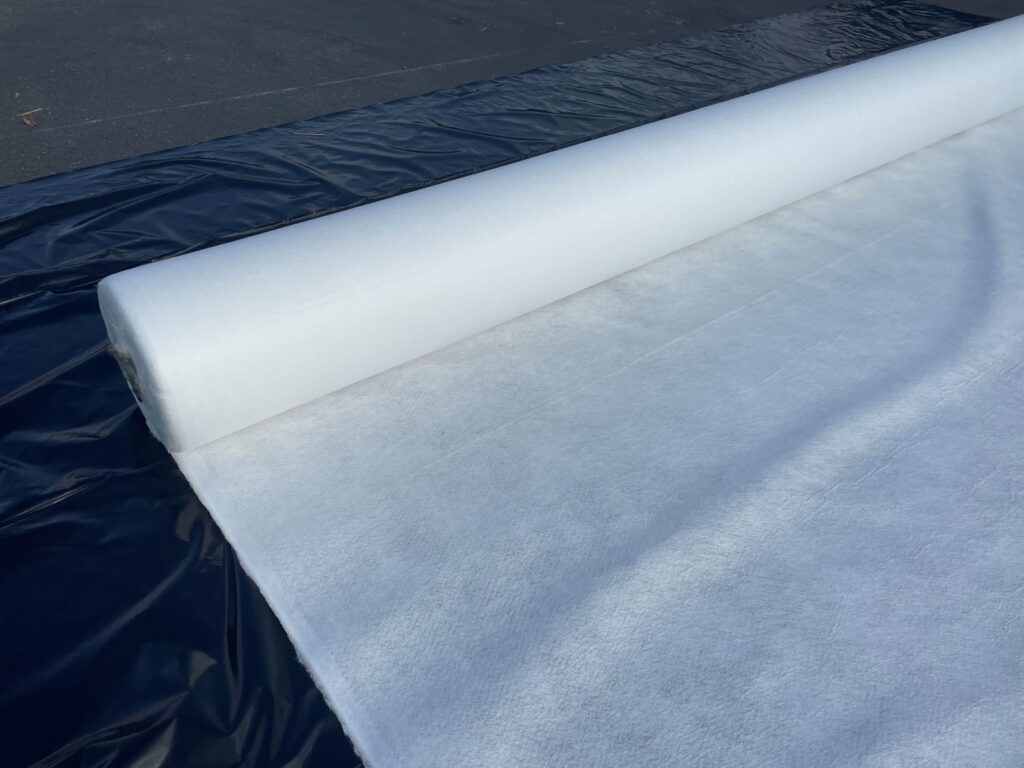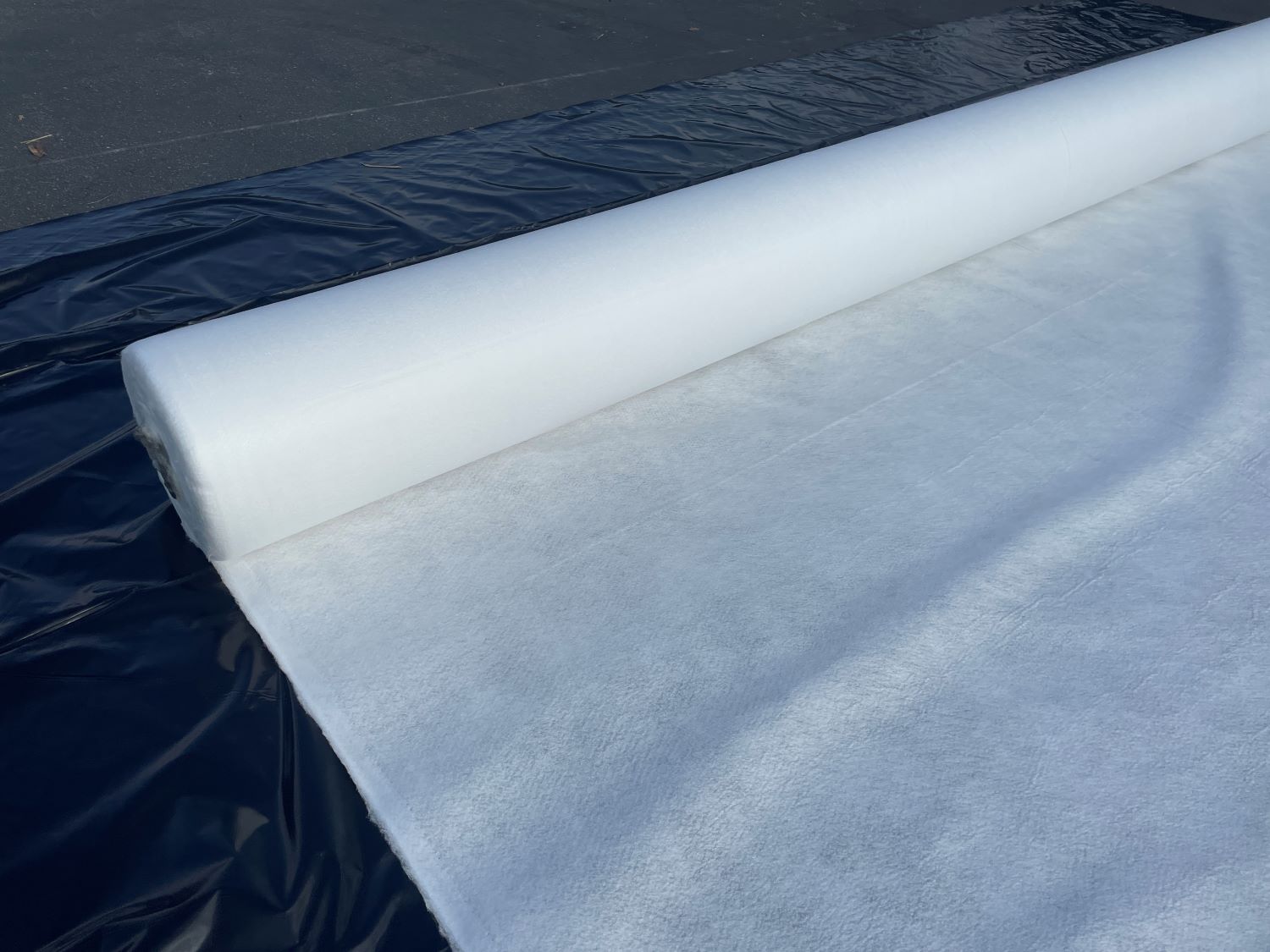
White Landscape Fabric: A Comprehensive Guide for Gardeners and Landscapers
When it comes to creating a thriving garden or a meticulously designed landscape, the foundation is just as crucial as the plants themselves. Among the many tools and materials available to gardeners and landscapers, white landscape fabric stands out as a versatile and effective solution. This guide explores the benefits, applications, and considerations for using white landscape fabric, ensuring you make informed decisions for your next project.
What is White Landscape Fabric?
White landscape fabric is a permeable material designed to suppress weed growth, stabilize soil, and retain moisture. Unlike plastic sheeting, landscape fabric allows water and air to penetrate, promoting healthy root development. The white color offers unique advantages, which we will delve into further.
Composition and Types
Landscape fabrics are typically made from polypropylene or polyester. They come in various thicknesses and densities, each suited for different applications. Heavier, more durable fabrics are ideal for high-traffic areas or projects requiring long-term weed control. Lighter fabrics are suitable for shorter-term applications or less demanding environments.
Benefits of Using White Landscape Fabric
Choosing white landscape fabric over other options offers several distinct advantages:
- Weed Suppression: This is perhaps the most well-known benefit. Landscape fabric acts as a barrier, preventing weeds from germinating and reaching sunlight.
- Moisture Retention: By reducing evaporation, the fabric helps to keep the soil moist, reducing the need for frequent watering.
- Soil Stabilization: It helps prevent soil erosion, especially on slopes or in areas prone to heavy rainfall.
- Temperature Regulation: White fabric reflects sunlight, keeping the soil cooler in hot weather, which is particularly beneficial for heat-sensitive plants.
- Improved Plant Health: By suppressing weeds and maintaining soil conditions, landscape fabric contributes to healthier and more vigorous plant growth.
- Aesthetic Appeal: Using landscape fabric under mulch or decorative stones creates a clean and uniform appearance.
Applications of White Landscape Fabric
The versatility of white landscape fabric makes it suitable for a wide range of applications:
Gardens and Flower Beds
In gardens, white landscape fabric is commonly used to suppress weeds around plants, vegetables, and flowers. It can be laid down before planting and then carefully cut to accommodate the plants. This reduces the need for herbicides and manual weeding, saving time and effort.
Under Decks and Patios
Laying white landscape fabric under decks and patios prevents weed growth and helps to maintain a clean and tidy appearance. It also prevents soil erosion and stabilizes the base material.
Pathways and Walkways
Using landscape fabric under pathways and walkways helps to prevent weeds from growing through the cracks and keeps the surface stable. It also reduces the need for frequent maintenance and repairs.
Erosion Control
On slopes and embankments, white landscape fabric can be used to prevent soil erosion. It helps to stabilize the soil and allows plants to establish roots, providing long-term erosion control.
Vegetable Gardens
Many gardeners use white landscape fabric in vegetable gardens to control weeds and retain moisture. It can be particularly useful for crops that require consistent moisture levels, such as tomatoes and cucumbers.
How to Install White Landscape Fabric
Proper installation is crucial for maximizing the benefits of white landscape fabric. Here’s a step-by-step guide:
- Prepare the Area: Clear the area of any existing weeds, rocks, and debris. Level the soil surface.
- Measure and Cut: Measure the area and cut the fabric to the desired size, allowing for overlap if necessary.
- Lay the Fabric: Unroll the fabric and lay it flat on the prepared surface. Overlap the edges of adjacent pieces by at least 6 inches to prevent weed growth.
- Secure the Fabric: Use landscape staples or pins to secure the fabric to the ground. Space the staples about 12 inches apart along the edges and seams.
- Cut Openings for Plants: If planting, cut X-shaped openings in the fabric at the desired locations. Make sure the openings are large enough to accommodate the plants.
- Plant and Mulch: Plant your desired plants and cover the fabric with mulch, decorative stones, or other ground cover.
Choosing the Right White Landscape Fabric
Selecting the appropriate white landscape fabric depends on several factors:
- Durability: Consider the expected lifespan of the project and the level of traffic in the area. Choose a heavier, more durable fabric for long-term projects and high-traffic areas.
- Permeability: Ensure that the fabric allows sufficient water and air to penetrate to the soil.
- UV Resistance: Look for fabrics that are UV-resistant to prevent degradation from sunlight.
- Thickness: Thicker fabrics generally provide better weed control and durability but may be more expensive.
- Material: Polypropylene fabrics are generally more affordable, while polyester fabrics are more durable and UV-resistant.
Maintenance and Care
While white landscape fabric is relatively low-maintenance, some care is required to ensure its longevity:
- Regular Inspection: Check the fabric regularly for tears or damage. Repair any damage promptly to prevent weed growth.
- Weed Removal: Remove any weeds that manage to grow on top of the fabric. These weeds are typically easier to pull than those that grow directly in the soil.
- Mulch Management: Replenish mulch as needed to maintain a consistent layer and prevent sunlight from reaching the fabric.
- Cleaning: Periodically clean the fabric to remove accumulated dirt and debris. This can be done with a hose or a broom.
White vs. Black Landscape Fabric
While both white and black landscape fabrics serve similar purposes, the white color offers specific advantages. White landscape fabric reflects sunlight, which helps to keep the soil cooler. This can be particularly beneficial in hot climates or for plants that are sensitive to heat. Black landscape fabric, on the other hand, absorbs sunlight, which can warm the soil. This can be advantageous in cooler climates or for plants that prefer warmer soil temperatures. The choice between white and black depends on your specific needs and climate.
Environmental Considerations
When using white landscape fabric, it’s essential to consider the environmental impact. While landscape fabric can reduce the need for herbicides, it is not biodegradable and can contribute to plastic waste. Consider using biodegradable alternatives made from natural fibers, such as jute or coconut coir, for environmentally sensitive projects. Also, proper disposal of the fabric is crucial to minimize its environmental impact.
Common Mistakes to Avoid
To ensure the success of your project, avoid these common mistakes:
- Using the Wrong Type of Fabric: Choose a fabric that is appropriate for the intended application and the local climate.
- Improper Installation: Follow the installation guidelines carefully to ensure that the fabric is properly secured and that weeds are effectively suppressed.
- Neglecting Maintenance: Regularly inspect and maintain the fabric to prevent damage and weed growth.
- Overlooking Drainage: Ensure that the fabric does not impede drainage, which can lead to waterlogging and root rot.
- Not Using Enough Overlap: Overlap the edges of adjacent pieces by at least 6 inches to prevent weed growth through the seams.
Alternatives to White Landscape Fabric
If you’re looking for alternatives to white landscape fabric, consider these options:
- Mulch: Organic mulches, such as wood chips, bark, and straw, can suppress weeds and improve soil health.
- Newspaper and Cardboard: Layering newspaper or cardboard can effectively smother weeds and break down over time, enriching the soil.
- Cover Crops: Planting cover crops, such as clover or buckwheat, can suppress weeds and improve soil structure.
- Natural Fiber Fabrics: Biodegradable fabrics made from jute, coconut coir, or other natural fibers offer an environmentally friendly alternative.
Conclusion
White landscape fabric is a valuable tool for gardeners and landscapers seeking to control weeds, retain moisture, and stabilize soil. By understanding its benefits, applications, and proper installation techniques, you can create a healthier and more attractive landscape. Whether you’re establishing a new garden, maintaining an existing one, or undertaking a large-scale landscaping project, white landscape fabric can help you achieve your goals. Remember to consider the environmental impact and explore alternative options if sustainability is a primary concern. With careful planning and execution, you can harness the power of white landscape fabric to transform your outdoor spaces. [See also: Best Weed Control Methods for Gardens] [See also: Choosing the Right Mulch for Your Garden]

